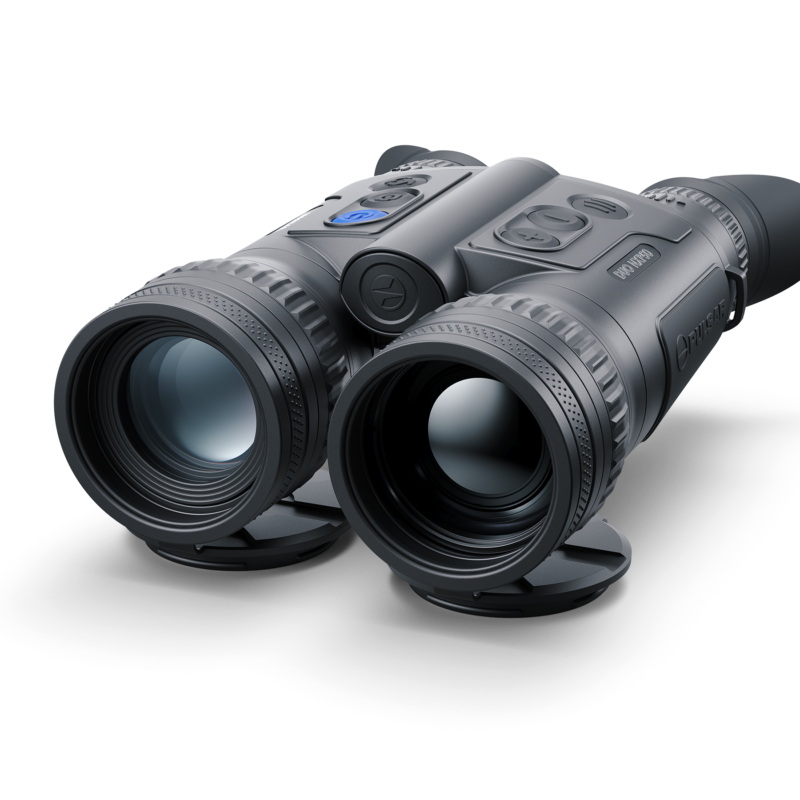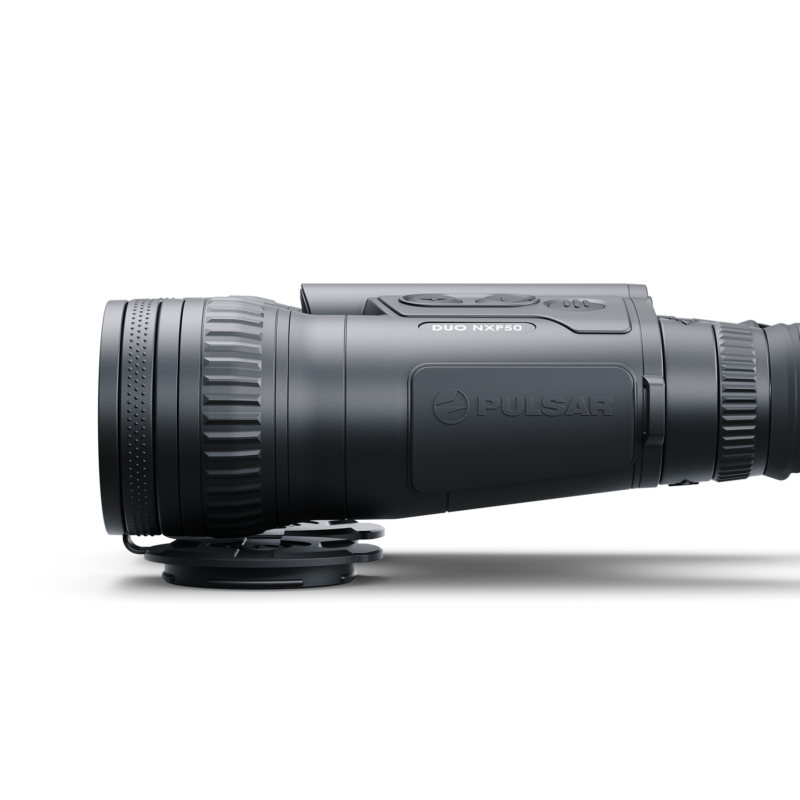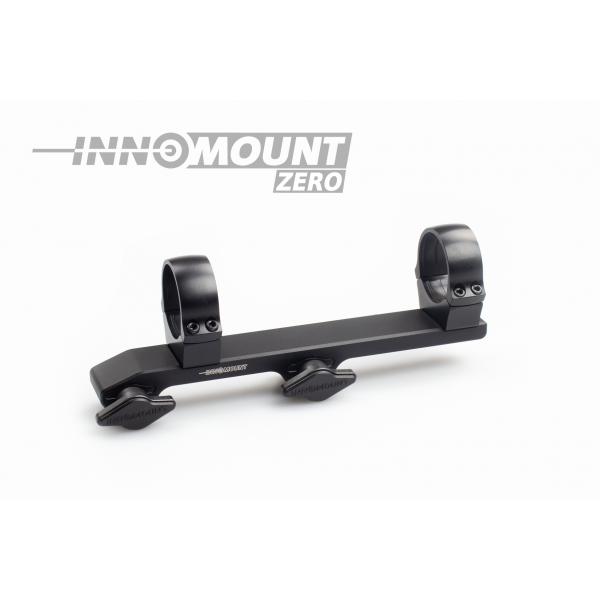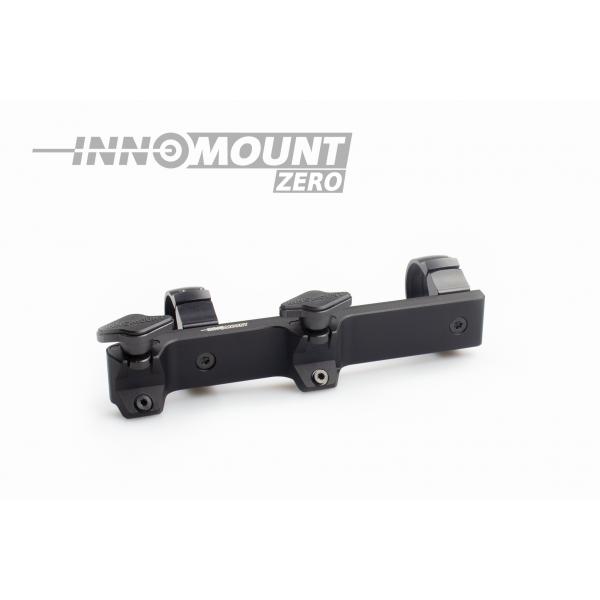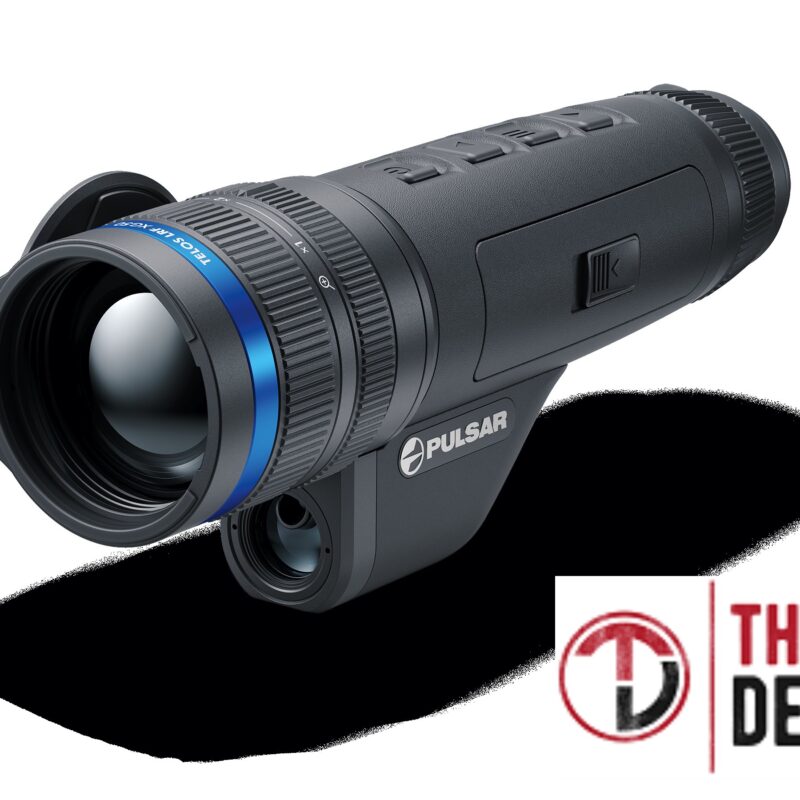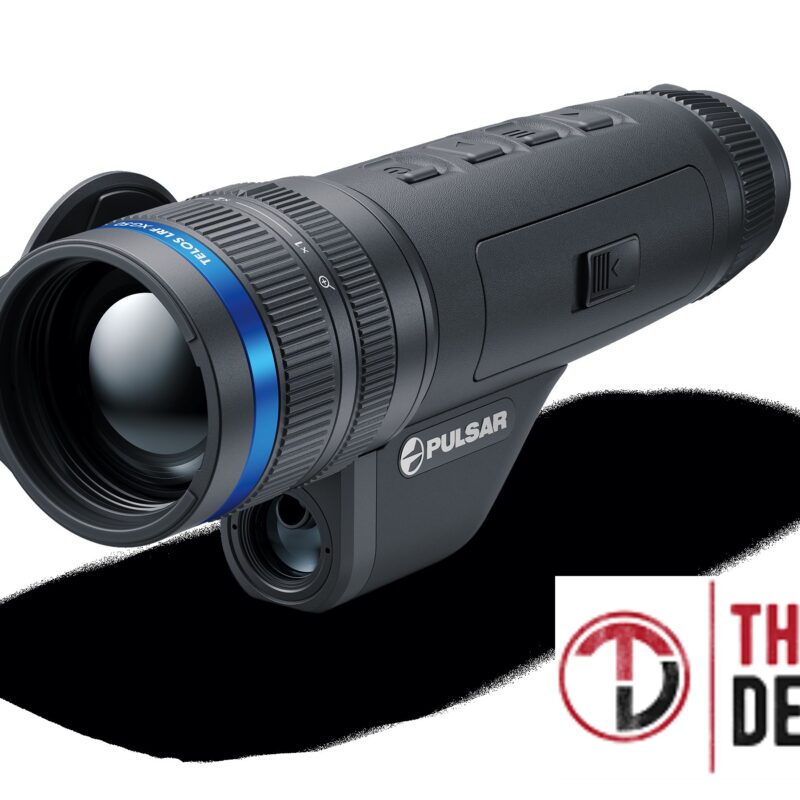Laser range-finder: the best companion to thermal imaging
1. Overcoming thermal imaging’s biggest weakness
2. How does LRF work?
3. The ease of use
Thermal imaging is a wonderful and powerful technology, but, when coupled with a laser range-finder (LRF) it, it takes the highest reign in the shooting world. Swipe through the gallery to learn more about LRF, or see a full article here:
1. Thermal imaging doesn’t have many weaknesses, but there is one: the challenge to correctly determine the distance to the animal that you see through the lens. With LRF, however, that is easily fixed.
2. LRF uses a laser beam that’s invisible to the naked eye to determine the distance to an object and display it on the screen of the device. Pulsar’s Axion XQ LRF can establish an accurate distance of an object that’s up to 1000 meters away.
3. Technically, the LRF is a separate device. However, with Pulsar products, that comes built-in. This means two things: first, you don’t need to purchase a separate device. Second, the optic and LRF are already zeroed to each other for precise aiming.

